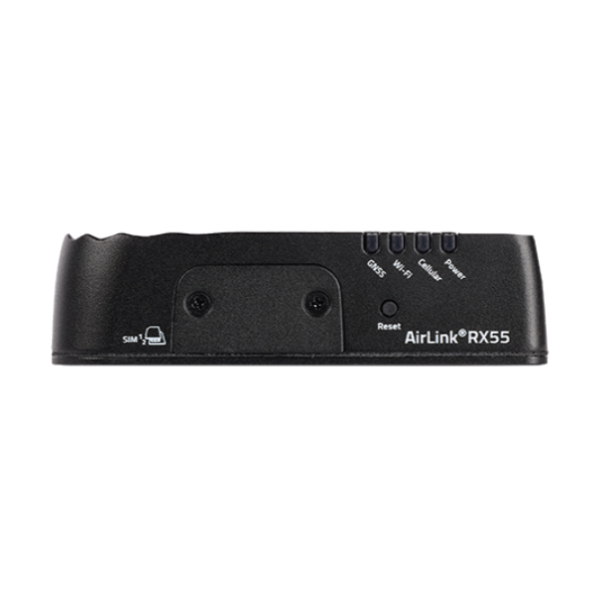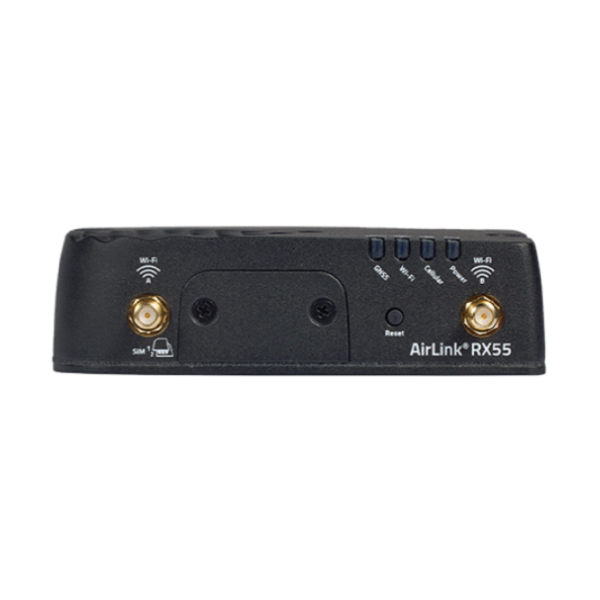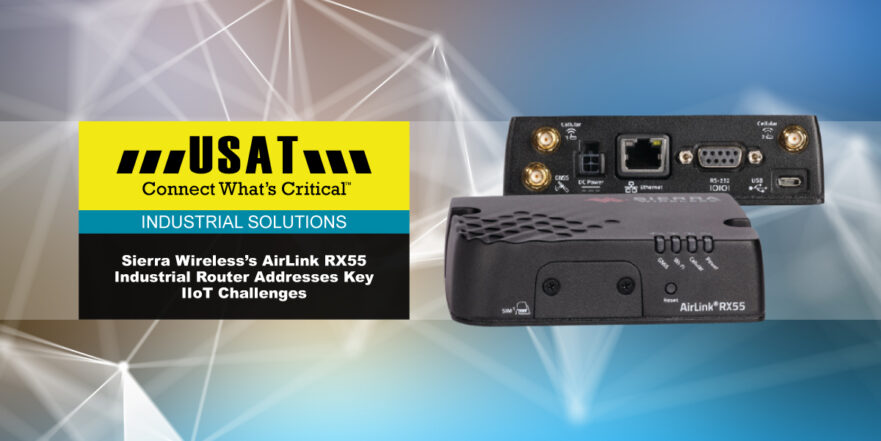Industrial IoT Helps Businesses Cut Costs While Delivering High-Quality Services
Without even realizing it, connected devices have become a mainstay in our daily lives. When our doorbell rings, we’re alerted on our phones. Our printers send us an email and a push notification when they’re running low on ink, and our cars let us know when it’s time for an oil change or some more wiper fluid.
As individuals become more and more connected, so too is the industrial landscape. From oil, gas, and power utilities to agriculture and manufacturing, organizations worldwide have taken to using Internet of Things (IoT) equipped devices and assets to streamline their operations, cut costs, and deliver better quality services and products.
Cost Efficiency
Enhanced Productivity and Quality
COVID-19 Response
Edge Computing Benefits
IIoT Deployment Is Expanding Rapidly Across Various Industries
The Industrial Internet of Things (IIoT) is experiencing significant growth across various industries, driven by industry-specific advantages and challenges. IIoT offers remote monitoring and predictive maintenance in the oil and gas sector, helping companies manage emergencies, reduce maintenance costs, and enhance worker safety. Similarly, power and utilities are leveraging IIoT to maximize operational efficiency and integrate renewable energy sources. However, they face challenges in cybersecurity and the need for ruggedized, low-power devices.
In agriculture, IIoT is revolutionizing farming practices with precision agriculture tools, smart irrigation, and autonomous machinery, improving efficiency and reducing costs. Meanwhile, manufacturing is witnessing the largest IIoT growth, driven by the need for centralized monitoring, predictive maintenance, and automation. IIoT in manufacturing optimizes resources, enhances quality control, and improves worker safety. These industries are embracing IIoT as a transformative force, reshaping operations and ensuring sustainability in an increasingly digital world.
IIoT Device Challenges
Security
Device and Patch Management
Environmental Obstacles
The Sierra Wireless AirLink RX55 Industrial Router Addresses These Challenges



Security
Sierra Wireless prioritizes end-to-end security for the AirLink RX55. It fortifies data from the device to the cloud, offering robust features like remote authentication, port filtering, trusted IP functionality, MAC address filtering, PCI compatibility, and secure firmware updates. These measures ensure data integrity and protection against cyber threats.
The AirLink RX55 is fortified with an array of security features, including:
- Remote Authentication, supporting protocols such as LDAP, RADIUS, TACACS+, and DMZ.
- Inbound and Outbound Port Filtering to control data flow.
- Inbound and Outbound Trusted IP functionality for enhanced network security.
- MAC Address Filtering to manage device access.
- PCI (Payment Card Industry) compatibility for secure financial transactions.
- Secure Firmware Updates to ensure the latest security patches and enhancements are seamlessly integrated, bolstering the device's defense against cyber threats.
Supports Private Networking
Device and Patch Management
Environmental Obstacles
Low Power Consumption
AirLink RX55 Services and Support
AirLink Complete for AirLink RX55
AirLink Complete encompasses essential elements for seamless router management and support. It grants access to the AirLink Management Service (ALMS), which provides 24/7 technical support for swift and remote issue detection, diagnosis, and resolution. Additionally, AirLink Complete extends the hardware warranty for up to five years, ensuring the longevity of the solution. The package includes unlimited firmware updates and security patches to keep the router up-to-date.
One of the primary benefits of AirLink Complete is the comprehensive router management facilitated by ALMS. This service supports over-the-air device registration, configuration, and software updates. Configurable dashboards offer real-time insights into the entire device fleet, while customized reports can be configured to monitor critical events and proactively prevent downtime.
The interactive monitoring dashboard and map visually represent all deployed AirLink routers' status, signal strength, and location. Users can drill down to quickly troubleshoot devices or update older firmware versions with a single click. Advanced heartbeat reporting and custom alerts can be set up to notify when devices go offline, enabling faster issue identification, reduced downtime, and fewer field trips.
AirLink OS
AirLink OS represents Sierra Wireless' next-generation router operating system, designed for industrial customers. It enables the concurrent use of multiple data sessions via support for multiple Access Point Names (APNs) and intelligently manages traffic across Wide Area Network (WAN) links using Cognitive Wireless technology.
AirLink OS seamlessly integrates with ALMS to remotely manage these features and configure, recover, reboot, and update routers as required. Its user-friendly interface simplifies implementation and enables real-time changes and updates, reducing router administration time and costs.
Always-On Cognitive Wireless
Multi-APN (Access Point Name) Support
Edge Computing Capabilities (Beta)
The AirLink RX55 introduces advanced edge computing capabilities, offering customers the means to reduce latency for critical applications and alleviate network congestion. Within the AirLink OS, a Docker container layer empowers customers to develop and deploy their applications using their preferred programming languages and libraries.
Shifting computational intelligence to the edge enhances performance and bolsters the solution's overall security. By minimizing data transmission and the potential impact of a security breach, the AirLink RX55 fortifies data protection. Its edge computing and adaptable routing features allow industrial customers to establish rules and encryption mechanisms that securely identify and transmit only the specific data deemed essential.
Multi-Band Network Support
About MCA and Our CNS Team
MCA is one of the largest and most trusted integrators in the United States, offering world-class voice, data, and security solutions that enhance the quality, safety, and productivity of customers, operations, and lives. More than 65,000 customers trust MCA to provide carefully researched solutions for a safe, secure, and more efficient workplace.
Our Cellular Networking Solutions (CNS) team (formerly known as USAT) is made up of certified experts in designing and deploying fixed and mobile wireless data connectivity solutions for public and private enterprises nationwide - complete with implementation, training, proof of concept (POC), system auditing, and on-site RF surveying services with optional engineering maintenance contracts.
Our extensive catalog of world-class routers, gateways, and software designed for remote monitoring and management in even the harshest environments allows us to deliver a full suite of reliable technologies capped with a service-first approach.
Share this Post













